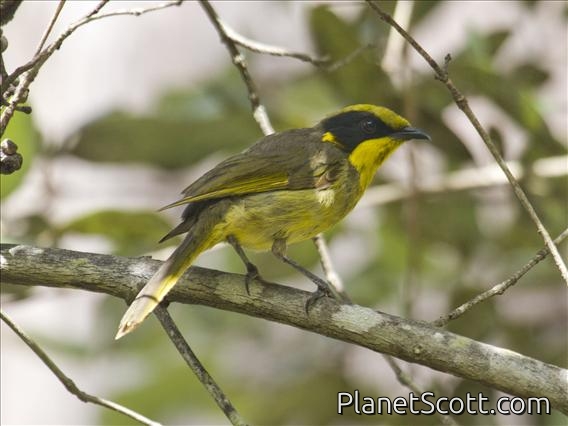Yellow-tufted Honeyeater (Lichenostomus melanops)

Yellow-tufted Honeyeater (Lichenostomus melanops)
×


Yellow-tufted Honeyeater (Lichenostomus melanops)
About Yellow-tufted Honeyeater (Lichenostomus melanops)
- Kingdom: Animals
- Phylum: Chordates
- Class: Birds
- Order: Perching Birds
- Family: Honeyeaters
The yellow-tufted honeyeater is a passerine bird found in the south-east ranges of Australia. A predominantly black and yellow honeyeater, it is split into four subspecies.
Source: Wikipedia
Lifelists
Trips
Visits
-
2012-11-22
Morton National Park, Australia

